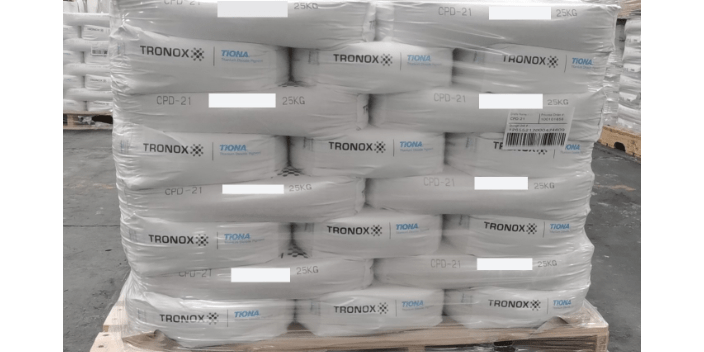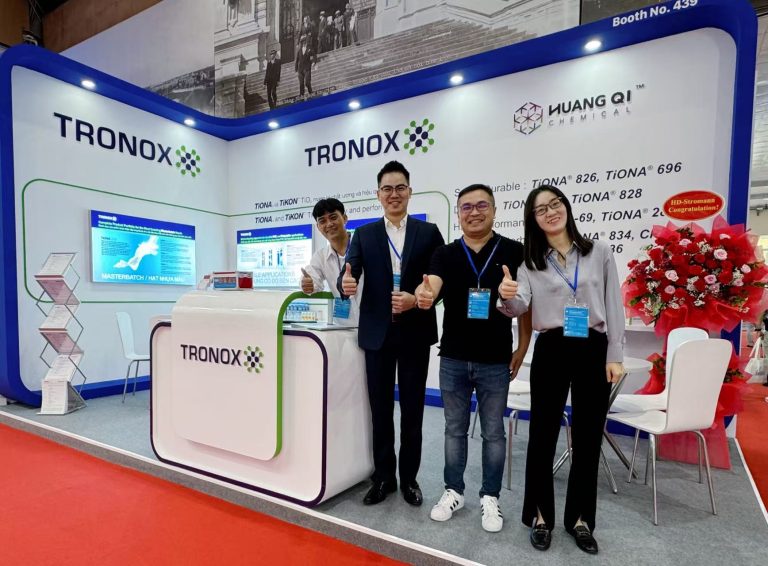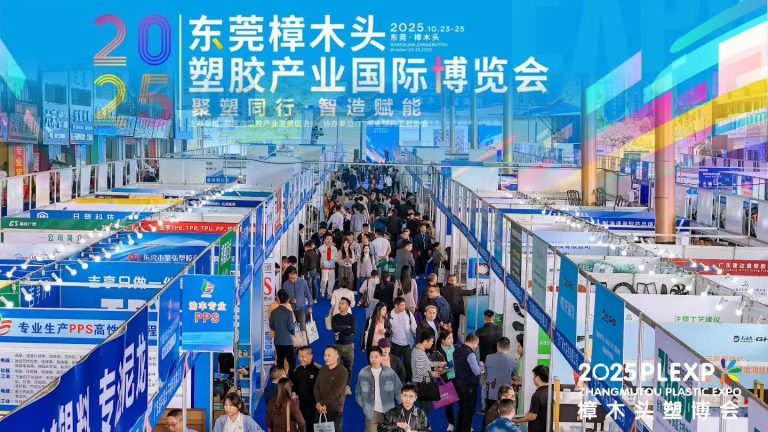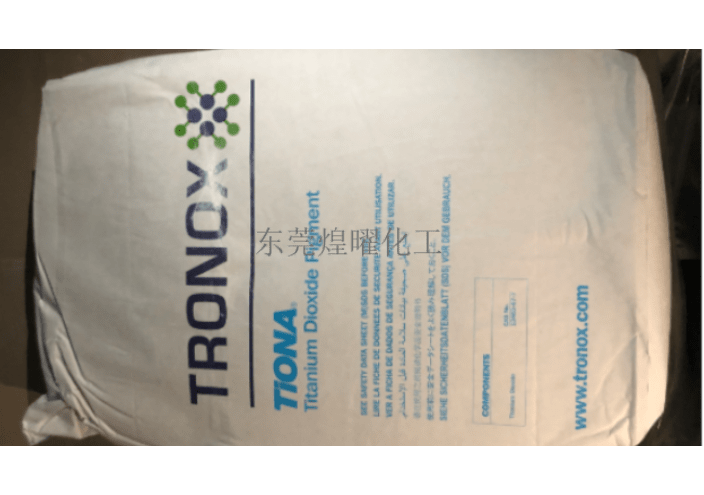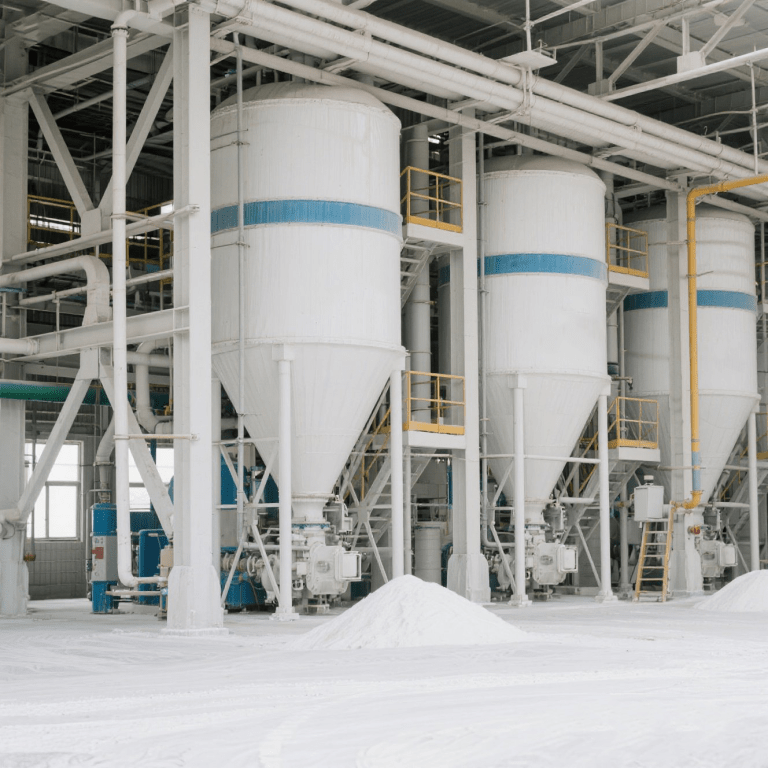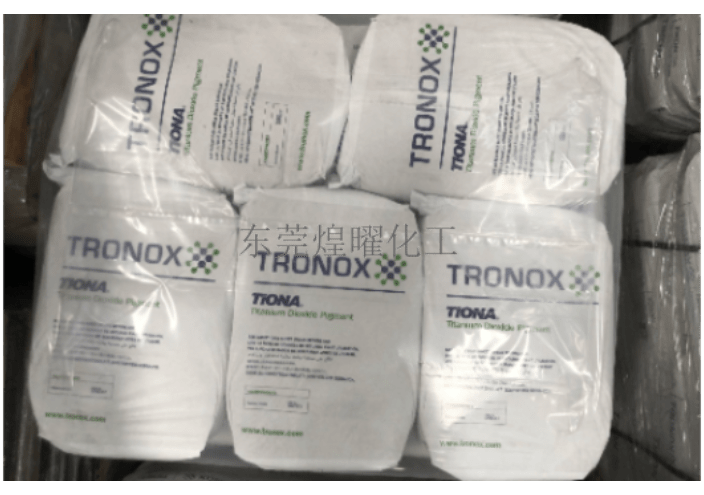Raw Material Shortages Cause Titanium Dioxide Price Increase
Titanium Dioxide Market Sees Another Price Surge at End of 2021; Domestic Producers Announce Ninth Price Increase Amidst Ongoing Uptrend
In the closing month of 2021, the titanium dioxide (TiO₂) market experienced another wave of price hikes. Following nine consecutive quarters of price increases for imported TiO₂, domestic TiO₂ producers have now collectively announced their ninth price hike this year. The price rise trend is expected to continue through the first half of next year.
On December 13, Lomon Billions Co., Ltd. announced that effective January 1, 2022, it will raise the sales prices of all TiO₂ grades by RMB 1,000 per ton for domestic customers and by USD 150 per ton for international customers. Following Lomon Billions’ lead, 15 other domestic TiO₂ producers, including Guangxi Xilong Chemical Co., Ltd., Panzhihua Haifengxin Chemical Co., Ltd., Guangdong Huiyun Titanium Industry Co., Ltd., and China Nuclear Huayuan Titanium Dioxide Co., Ltd., also declared price increases. Among them, Guangxi Xilong Chemical and Panzhihua Haifengxin began implementing the price hikes immediately upon announcement.
This marks the ninth concentrated round of price increases by domestic TiO₂ producers in 2021.
In fact, since November 25, international companies such as Chemours, Tronox, Venator, Kronos, and Ishihara have announced price increases ranging from USD 350 to 400 per ton for TiO₂ products sold in the Asia-Pacific region, effective January 1, 2022. These overseas price hikes have driven domestic companies to adjust their prices upward as well.
According to publicly available data, total production capacity using the chloride process is expected to reach at least 650,000 tons per year in 2021–2022, with chloride process capacity exceeding 600,000 tons annually. Under the current circumstances where the industrial-scale, long-term operation of domestic high-grade titanium raw material production for the chloride process has yet to be realized, the approximately one million tons of titanium raw material required to support this capacity must rely on imports. However, in recent years, international supplies of high-grade (TiO₂≥92%) titanium raw materials have not seen significant growth and have even declined.
For new chloride process TiO₂ projects, in addition to large investment, advanced technology, and skilled personnel, securing titanium raw material sources remains a critical challenge. It is an undeniable fact that raw material supply for chloride TiO₂ production will face tightness in the future.
Looking ahead, domestic consumption is expected to steadily increase, while the recovery of overseas economies will also drive greater demand for TiO₂. Coupled with rising costs of raw materials, energy, production processes, other inputs, and freight, the price increase trend is forecasted to continue through the first half of next year.


